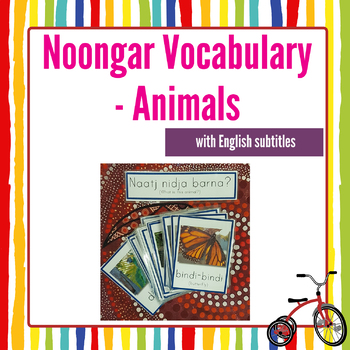NAIDOC Resource Australian Animals Aboriginal Noongar Vocabulary
- PDF
Description
Help your students value Aboriginal culture and language whilst also learning about Australian animals with these Noongar Vocabulary Cards.
This set of Australian animal flash cards is designed to introduce your students to the vocabulary of the Noongar people - the Indigenous people group of South Western Western Australia.
Featuring beautiful colour photographs of 42 animals found in Western Australia, the pack includes Noongar vocabulary, English subtitles, pronunciation tips, information of the language group and suggested activities.
Perfect for NAIDOC Week, Australian history and culture, Australian animals, and building vocabulary. Useful for hand-on activities, games, literacy centres, independent study, partner work, classroom displays and word walls.
This pack includes:
- Information on the location of the Noongar people, including map
- Suggestions for use
- 42 animal cards (4 per page)
- Animals included: kangaroo, caterpillar, ant, butterfly, owl, pelican, turtle, bird, willy-wagtail, grasshopper, joey, bee, fish, dog, kookaburra, spider, goanna, crab, frog, magpie, shark, dolphin, black swan, cockatoo, crayfish, seagull, fly, snake, crow, emu, bobtail, puppy, seal, possum, bandicoot, gecko, brolga, dingo, eagle, penguin, pig
- Phrases included: What is this animal?, How many animals?
You might also like our:





